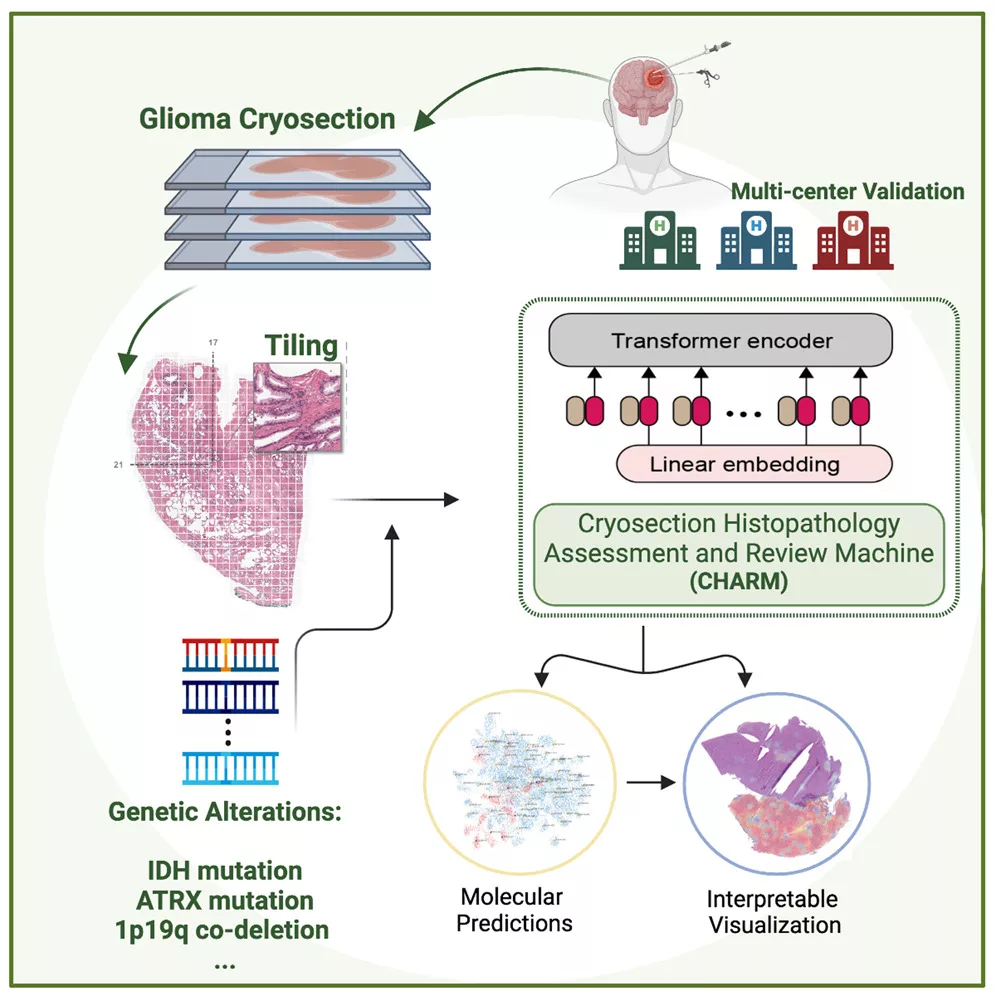AI/ML system CHARM correctly identifies cancer cells
A tool called Cryosection Histopathology Assessment and Review Machine (CHARM) developed by a group of scientists can become the next big thing in identifying brain tumors. In a recent study (ScienceDirect | PubMed) published in the monthly clinical journal Med, researchers used the AI system to identify cancer cells, predict genetic mutation status, and classify WHO-defined cancer subtypes using cryosection samples.
The AI system is remarkable in that the real-time diagnosis of tissue samples is generally difficult even for the most learned specialist. This is mainly because of the variance in quality.
CHARM was fed data on 1,524 glioma patients from three different patient populations. After systematic analysis of the cryosection slides, the model was able to correctly identify the cancer cells.
The evaluation of these cryosection slides remains to be the most important guiding principle for surgical treatments. Timely and accurate evaluation at an early stage can help patients in a significant way. CHARM paves the way for more accurate and faster diagnosis and evaluation.
The best feature of AI/ML systems is that they work instantly. As these systems are trained on a lot of data (in this case, images of patients’ samples), for them it’s a yes or no output. Compared to traditional genetic tests, these systems are not quite reliable but significantly faster. For example, even in weather forecasting, AI models are not the most accurate but thanks to the data they are trained on, they can provide their predictions almost instantaneously. If it’s accurate, it can save the world from a lot of trouble.
Given the fact that only 17% of people with glioblastoma survive their second year after diagnosis (American Association of Neurological Surgeons), advancement in glioma diagnosis is certainly a medical innovation unlike any other in recent history. CHARM’s accuracy is also better than many other cancer-identification AI systems.

